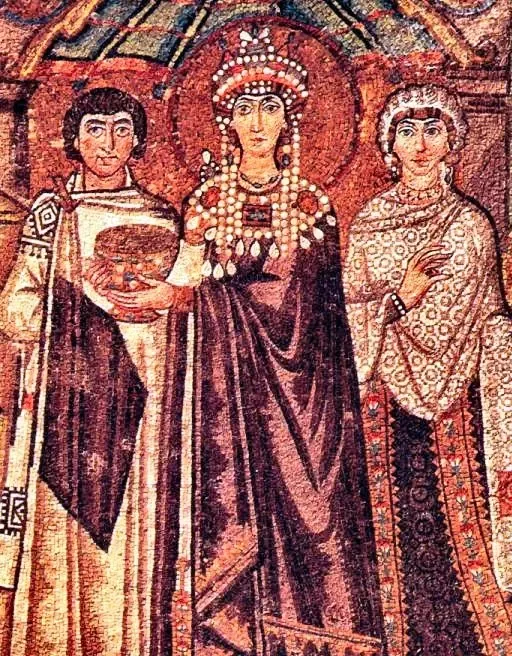There’s a reason why purple is known as the color of royalty. It was once very rare and hard to extract, which made it expensive to own.
Ancient Romans discovered the color when Roman Empire annexed eastern territories in modern-day Lebanon and Israel/Jerusalem. It was in the ancient Phoenician city of Tyre, birthplace and trade hub of Tyrian purple.
Purple, the name and the colour, comes from a dye made from the mucus glands of a tropical sea snail, the murex (porphyra in Greek, purpura in Latin). It was made from a species of snail known as Bolinus brandaris. The dye was so rare that it became worth its weight in gold. To own a spool of purple wool would cost what an average citizen earned in a year. Because of the rarity and the price, it was only accessible to and worn by the wealthy.
Tyrian Purple (Purpura), also known as, royal purple, Imperial purple, or imperial dye, is a reddish-purple natural dye. It is secreted by several species of predatory sea snails in the family Muricidae, rock snails originally known by the name ‘Murex’. In ancient times, extracting this dye involved tens of thousands of snails and substantial labor, and as a result, the dye was highly valued.
The dye is created from three types of sea snails found on this Israeli coast, the spiny dye-murex (Murex brandaris); banded dye-murex (Murex trunculus), and red-mouthed rock-shell (Murex haemastoma). The banded-dye murex is the most plentiful and accounted for the majority of the dye.
Tyrian purple may first have been used by the ancient Phoenicians as early as 1570 BC. It has been suggested that name Phoenicia itself means ‘land of purple’. The dye was greatly prized in antiquity because the colour did not easily fade, but instead became brighter with weathering and sunlight. It came in various shades, the most prized being that of black-tinted clotted blood.
According to legend purple was discovered by Phoenician god Melkarth, whose dog bit into a seashell, resulting in his mouth becoming a rich shade of purple. Other have said the dye was discovered by noting that people who ate snail had purple lips.
Tyrian purple may have been discovered as early as during the Minoan civilization. Alexander the Great, when giving imperial audiences as the emperor of Macedonia; the emperor of the Seleucid Empire; and the kings of Ptolemaic Egypt all wore Tyrian purple. The imperial robes of Roman emperors were of Tyrian purple trimmed in metallic gold thread. The badge of office of a Roman Senator was a stripe of Tyrian purple on his white toga. Tyrian purple was continued in use by the emperors of the Eastern Roman Empire until its final collapse in 1453 CE. Today it’s used by high ranking officials of the Catholic Church.

Because it was extremely tedious to make, Tyrian purple was expensive: 4th Century BC historian Theopompus reported, “Purple for dyes fetched its weight in silver at Colophon” in Asia Minor. The expense meant that purple-dyed textiles became status symbols, whose use was restricted by sumptuary laws. The most senior Roman magistrates wore a toga praetexta, a white toga edged in Tyrian purple. The even more sumptuous toga picta, solid Tyrian purple with gold thread edging, was worn by generals celebrating a Roman triumph.
#archaeohistories






